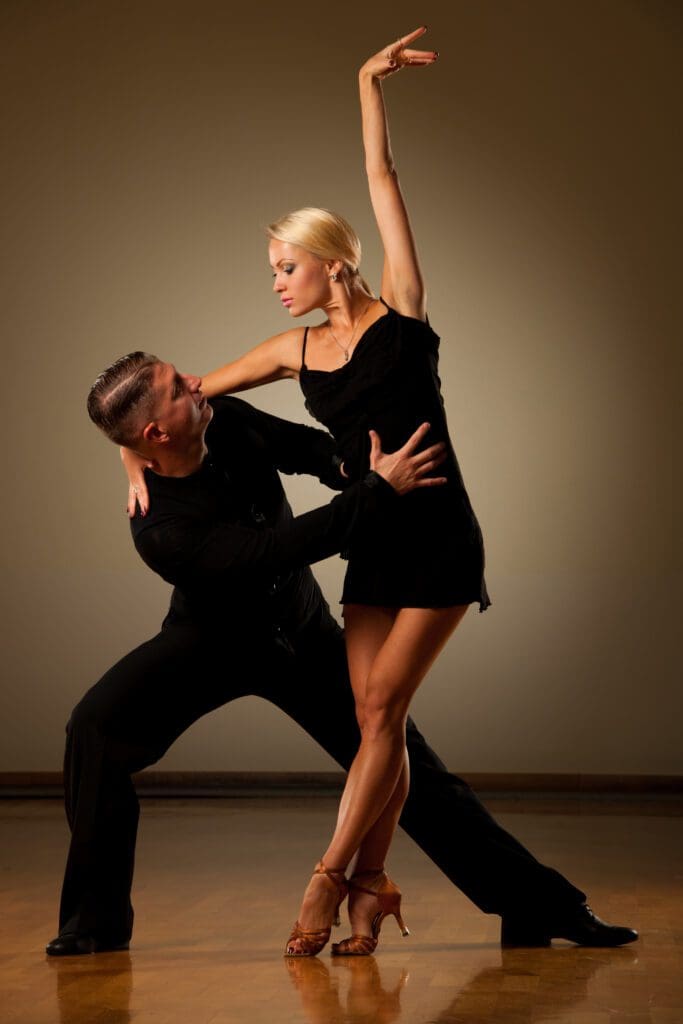Salsa
Salsa History
Salsa, a popular Latin dance form, has a rich and multicultural history:
Cuban and Puerto Rican Roots:
- Salsa originated in the Caribbean, primarily Cuba and Puerto Rico, in the early 20th century.
- It evolved from earlier Cuban dance forms such as Son Cubano and Afro-Cuban dance like Rumba.
Development in New York:
- In the 1960s and 1970s, Salsa gained popularity in New York City due to the large Caribbean immigrant population.
- It blended elements of Latin music with jazz and other American styles.
Rise to Popularity:
- Salsa became a symbol of cultural identity for Latinos in the United States.
- Its popularity spread internationally in the late 20th century.
Variations and Styles:
- Various styles of Salsa emerged, including Cuban, Puerto Rican, Colombian, and L.A. style, each with unique characteristics.
- Salsa music also evolved, incorporating elements from other genres to create a rich, diverse musical foundation.
Contemporary Scene:
- Today, Salsa is danced worldwide, with a strong presence in Latin America, the United States, Europe, and Asia.
- It’s known for its energetic, rhythmic movements, and its ability to bring people together in a celebration of dance and music.
In summary, Salsa, with its roots in Cuban and Puerto Rican dance and music, has become a vibrant and beloved part of global dance culture, known for its lively rhythms and diverse styles.
Salsa Characteristics
- Salsa is a dynamic, vibrant dance characterized by its energetic footwork, fluid turns, and rhythmic hip movements. Set to lively Latin music with a strong beat, it involves a mix of fast and slow movements, showcasing a playful and passionate interaction between partners. Salsa’s style varies regionally, but it consistently radiates a lively, celebratory spirit.
Salsa Music Information
Salsa music, essential to the dance’s vibrant and energetic nature, has distinctive characteristics:
Rhythm and Tempo: Salsa music is known for its fast, upbeat tempo, typically ranging between 150 to 250 beats per minute (bpm), creating a lively and energetic rhythm.
Time Signature: The music commonly uses a 4/4 time signature, with a strong emphasis on the first and fifth beats in each eight-beat cycle, known as the “Clave” rhythm.
Instrumentation: Salsa music features a rich array of instruments, including percussion instruments like congas, bongos, and timbales, brass instruments like trumpets and trombones, and string instruments like the bass guitar. Piano and vocals are also integral.
Musical Style: The style is a fusion of Cuban Son with jazz, Puerto Rican, and other Latin American influences, resulting in a vibrant, complex sound.
Mood: The overall feel of Salsa music is festive and joyful, often with themes of love, celebration, and social commentary.
These musical elements combine to create the infectious, rhythmic backdrop for Salsa dancing, making it a genre full of energy and cultural richness.
